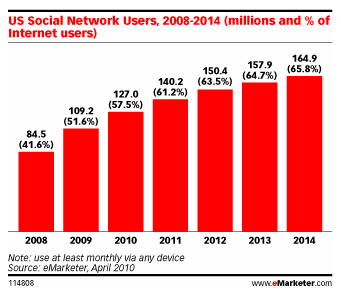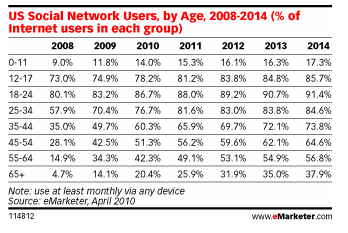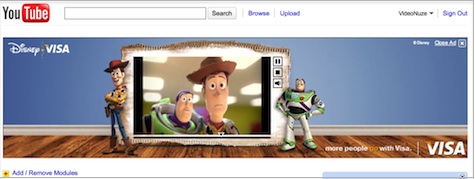Do this and you may just find a sea of opportunity waiting for your brand, company or event.
The biggest challenge with Facebook advertising is maximizing the efficiency of your ads. In short, this means getting as many Likes for as little money as possible. To help you win this challenge sooner rather than later, here are seven important facts you should know about Facebook advertising that will help you get moving in the right direction.
#1: There are two primary destinations that can be advertised through Facebook
A destination within Facebook is a page, group, event or application. A destination outside of Facebook is a URL.
When creating a new ad campaign from scratch, the Facebook Design Your Ad screen defaults to advertising a destination outside of Facebook. To change this setting, just click the option, “I want to advertise something I have on Facebook.”
A primary distinction between these two types of ads is that with an outside URL, users are only able to Like the ad. For destinations on Facebook, users have the opportunity to Like the page (or RSVP to the event) from within the ad.
The two major benefits of the latter are that (1) users can become connected to your page (or event) without ever clicking on the ad itself (which is a huge benefit for CPC advertisers) and (2) you’re keeping people on Facebook.
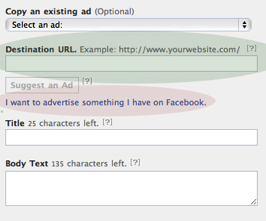
Select the “I want to advertise something I have on Facebook” option if your goal is to drive fan page Likes.
As a final thought on this subject, one of the inherent benefits of Facebook is that you can bring individuals into your network and engage with them on an ongoing basis. By driving people away from Facebook, you’re missing out on this opportunity, and consequently defeating one of the primary purposes of advertising on Facebook in the first place.
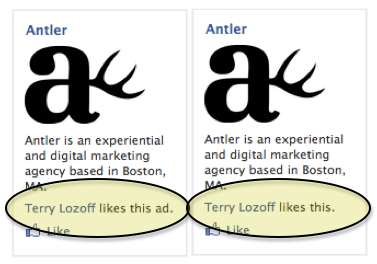
On the surface, there is only a subtle difference between advertising something on Facebook and advertising an outside URL. But there are actually major differences between the two. Make sure you’re selecting the right type of ad for your goal.
#2: Ad costs and impressions are heavily influenced by click-through rate
Click-through rate (CTR) is an incredibly important measurement for Facebook advertising. Even if your singular goal is to grow fans, regardless of how many people click through, you’ll still need to keep a close eye on CTR. Essentially, Facebook judges the success of your ad on the ad’s ability to get a relatively high percentage of people to click. Facebook rewards successful ads with a lower cost per click or cost per impression and more visibility.
Unfortunately, if your ad drops below a certain CTR threshold it will be nearly impossible to bring it back up. In that case, it’s better to start a new ad than to tweak the one you have. From my experience, having below a 0.1 CTR will almost always result in an underperforming ad. But the criteria for establishing a threshold will depend on the goals you establish.
#3: Targeting friends of connections increases the relevance of your ad
Have you ever seen an ad pop up on Facebook that shows that one of your friends is already connected to that page? Did you feel more drawn to the ad than you would have been if no connections were shown? Fact is, Facebook is really great at peer pressure, and when users see that one of their friends is connected to a page, it increases the chance that they too might want to check it out.
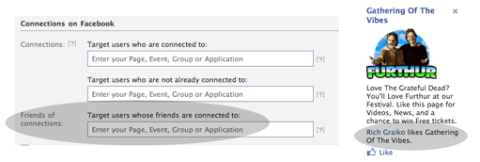
Targeting users whose friends are already connected to your fan page can be a powerful tool for increasing the relevance of an ad.
The downside of the Friends of Connections targeting selection is that it narrows the field of potential ad impressions down by a significant percentage. But, because the cost of the ad is a result of the CTR, having a narrow field of relevant individuals may in fact be more important than having a large field of irrelevant individuals.
Try testing ads with and without the Friends of Connections option selected. You may find that some ads work so well that having that narrowed field may actually hurt the full potential of a given ad.
#4: Facebook advertising takes time
If you intend to get great results from your Facebook advertising, be prepared to dedicate the right resources to supporting the effort.
Facebook advertising requires a lot of trial and error. Every brand, product and company will have a different message and a different audience, and knowing how a given audience will respond is impossible before getting in there and actually trying it.
Create ads, create lots of ads and create new ads every day. Even when you find an ad that works, it will have a limited run. I’ve seen ads that perform well for a few days and some that perform well for a few months. The smaller your potential audience, the quicker your ad will fizzle out.
There are a lot of different variables that can be tested. Test them all – copy, image, demographics, friend connections, interest groups. They’re all important variables that can dramatically change the results of a given ad.
Finally, look at daily analytics. CTRs and CPCs/CPMs change from day to day. An ad can start out with a great CTR, but gradually decrease over time. This means that what was once a $0.05 CPC ad may eventually be $0.50.
#5: An “Action” is an in-ad Like
If you’re advertising a fan page, “Actions” refer to in-ad Likes. In other words, an Action is when someone clicks Like on your ad, but doesn’t click through to your page.
Facebook doesn’t show Actions from the Campaign Overview screen, so you’ll have to click into an ad to see Actions. This may be an extra step, but if at the end of the day your goal is more fans, you need to be keeping track of Actions.

Clicking on a specific ad will give you a more in-depth look into the performance of your ad over time, including number of Actions.
Unfortunately, measuring the actual cost per fan (CPF) of a given ad is not as easy as it should be. And, perhaps at some point in the near future, Facebook will make this a standard measurement tool. But until that point comes, you’ll either need a custom software tool or you can use Actions as a base level estimate for fan acquisition. Just keep in mind that Actions only tell half of the story. The other half is the percentage of people who did click through to your page and Liked your page at that point.
“Facebook does provide a few additional reports that can help you gain a better understanding of the costs and conversion analytics related to acquiring fans. These reports, including the “Advertising Performance” report, can be found in the reports section of the Facebook Ad Manager.”
#6: Daily budget and daily spend limit are not the same
Daily budget is the maximum you would spend in a given day for a single campaign. Daily spend limit is the cap set on your account by Facebook. Your daily ad spend limit is automatically set to $50 per day. So, if you have a daily budget of $500 for campaign ‘A,’ and you continuously max out your spend at $50, this is the reason. To change your daily spend limit, you must contact Facebook directly.
#7: You’re not the only person who can access and edit your Facebook ad dashboard
As discussed, Facebook advertising takes a lot of time and resources. Depending on your organizational structure, it may be beneficial to have multiple people working on Facebook advertising. Under Settings, there is a Permissions section that will let you add other users to your ad account. If multiple people are working on ads at your company, it’s beneficial to have them all tied to one account for a number of reasons.
First, it helps overall measurement and analysis because data between accounts cannot be automatically combined. Second, the more money you spend on Facebook ads, the better access you will have to Facebook Ad staff, which comes in rather handy when you’re looking to get answers and run official promotions on your page.
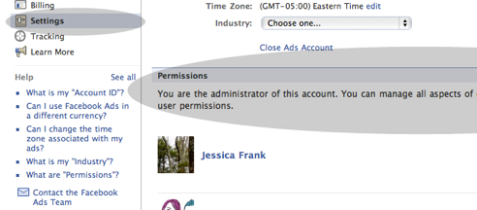
Allowing multiple people to use and access the same Facebook ads account can help organize resources and data.
There’s a reason why Facebook ad revenue is projected to be over $1.2 billion in 2010. It’s because when businesses manage them correctly, Facebook ads can be an incredibly successful and cost-effective means of tapping into Facebook’s 500 million users. Out of all the reasons why you may consider advertising on Facebook, driving fan page Likes should be at the top of your list. Just make sure that when you do decide to start the process, you understand the factors and resources involved.






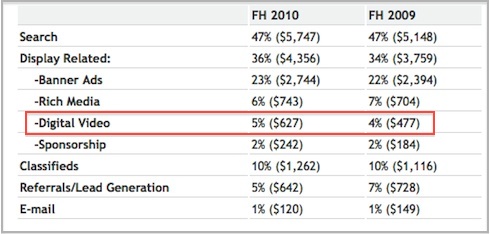
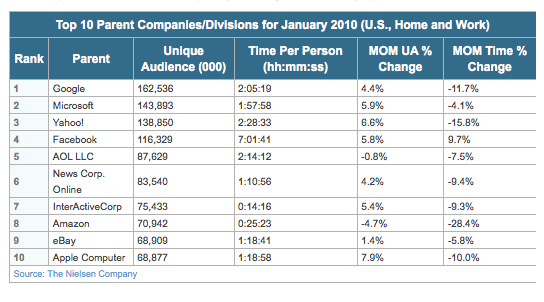
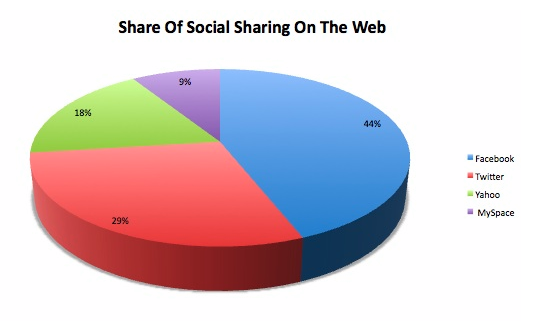

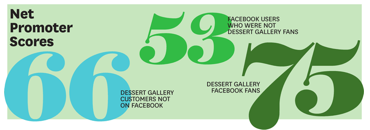
![[SOCIALADS]](http://sg.wsj.net/public/resources/images/MK-BE617_SOCIAL_NS_20100718175217.gif)
